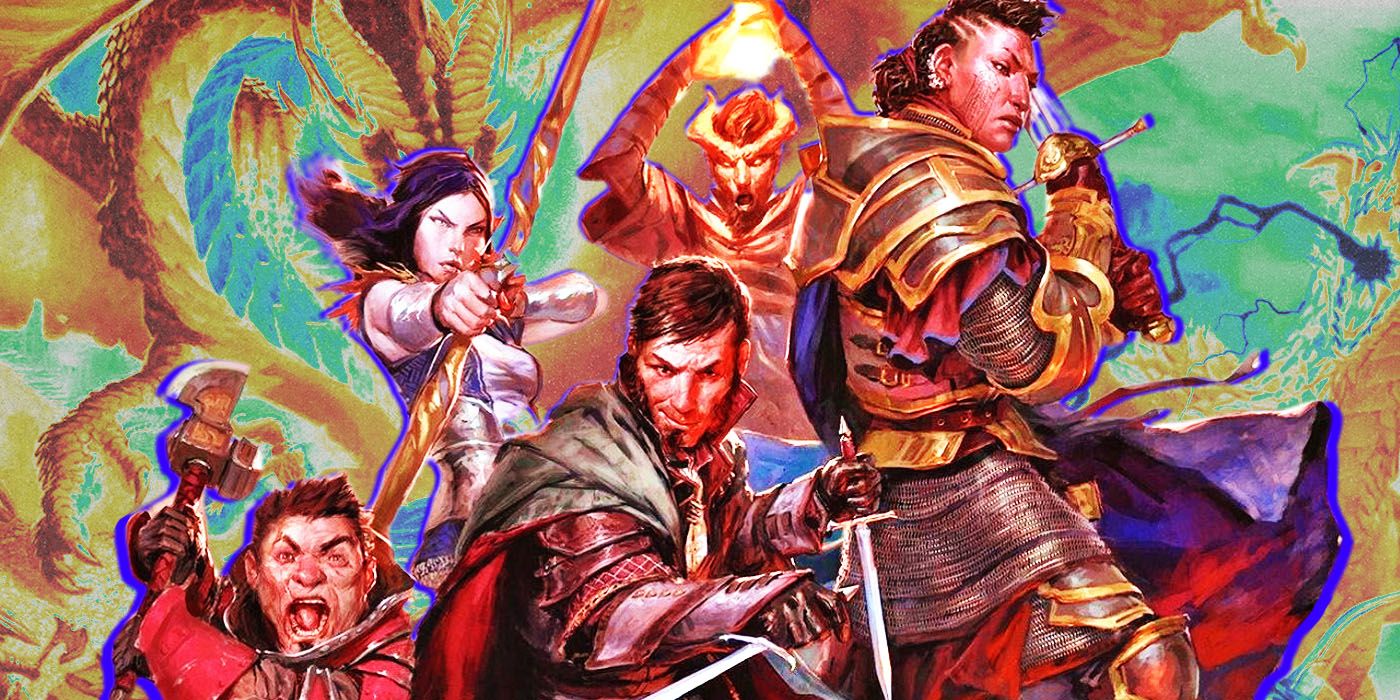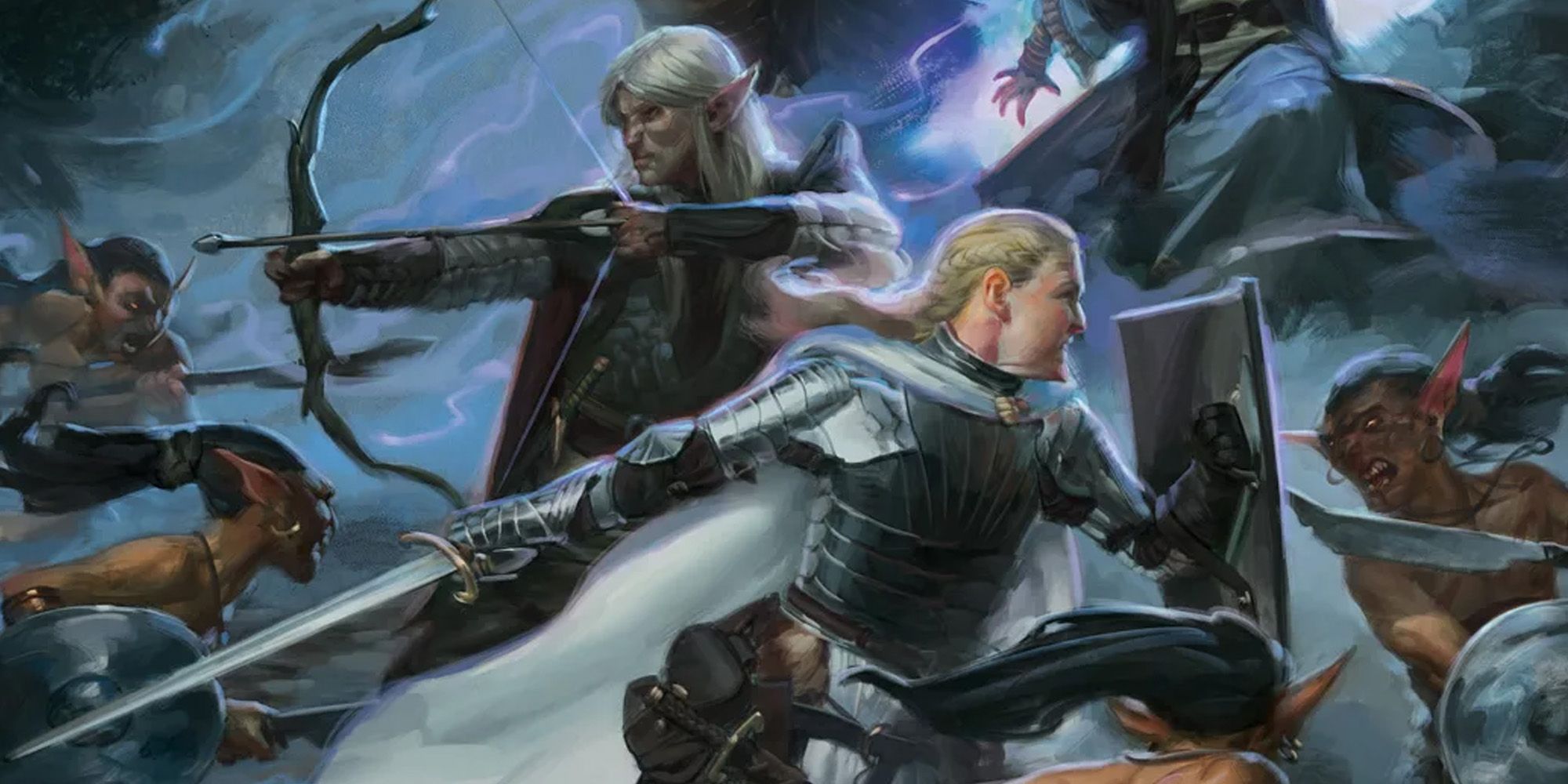Summary
- All players, including the Dungeon Master, get one reaction per character each round, so players should budget their reactions strategically.
- Spellcasters use reactions to cast spells that nullify threats, while martial classes rely on opportunity attacks to punish enemies and protect allies.
- Some classes have unique reactions, making those classes more flavorful and useful.
Combat situations in Dungeons & Dragons can get hairy quickly, and though they sometimes seem to drag on forever, 10 rounds of combat is actually just one minute. Composed of actions, bonus actions, and reactions (and sometimes even lair actions), there's often a lot going on during combat, and sometimes it can get a little confusing.
Particularly against major bosses, players need to maximize their potential in every round of combat, and that means taking reactions when they make themselves available. A reaction is exactly what it sounds like: When a situation presents itself, the player may be able to react to that situation, sometimes even taking extra attacks, minimizing damage on an incoming attack, or even negating an attack or effect before it can take hold. There's a lot to unpack with the concept of reactions, given how varied they can be among martial and spellcaster classes, and reactions are not to be confused with saving throws, either. While reactions are not used as often or as regularly as conventional actions and reactions, any D&D player will be that much stronger when they make smart use of reactions to escape harm or take advantage of fleeting possibilities in mortal combat.
Updated on February 9th, 2024 by Louis Kemner: This feature about reactions and their uses in Dungeons & Dragons has been updated with much more information.
When Can Players Use Reactions?
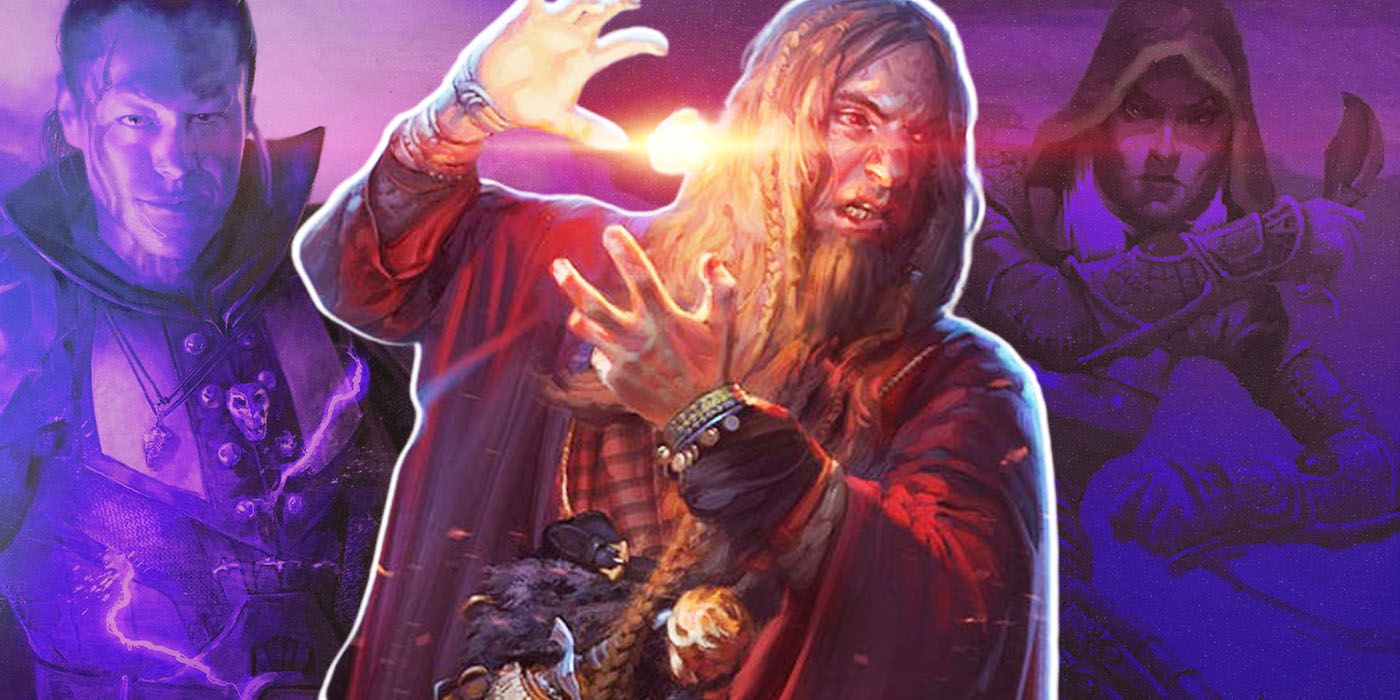
Dungeons & Dragons: How Bonus Actions Work
In Dungeons & Dragons, bonus actions provide extra opportunities to cast spells, make attacks or disengage from a sticky situation.All players, including the Dungeon Master controlling enemies, get one reaction per character each round. A player's reaction is a response to a trigger (such as an enemy attacking or an enemy trying to flee), and the player can use this ability either on their turn or during someone else's turn. Once that reaction has been used, another one can't be taken until the start of the player's next turn, which means it's a good idea for players to consciously budget their reactions and decide what is worth reacting to, and what is not. If it's not clear at first, after a round or two of combat against a boss-level enemy, it'll become evident which monster actions are worth reacting to and which aren't.
As an example, one of the most common reactions in combat is the attack of opportunity, which occurs when an enemy combatant attempts to move away from melee range or passes within melee range on their way to safety. An enemy could potentially pass by multiple combatants while attempting to flee, and so long as those combatants haven't used their reaction for the round, each of them could take an attack of opportunity against the enemy. The only time this doesn't work is when the creature uses the disengage action (or a similar class feature) to make a clean getaway, and the DM should announce when a moving monster has such a trait so players don't waste their time announcing a futile reaction. Typically, players can only make a basic melee weapon attack when making an opportunity attack. The exception to that rule is when a player who has taken the War Caster feat is given the option to make a single target spell attack with one action casting time instead.
Reactions can also be used to prepare for a specific situation. For example, suppose the enemy has hidden or gone invisible (making attacking nearly impossible). In that case, a player can use their action to prepare a reaction, such as a melee or spell attack, that commences instantly when the stated criteria — the enemy reappearing — is achieved.
How Spellcasters Like Wizards, Sorcerers, And Warlocks Use Reactions In Battle
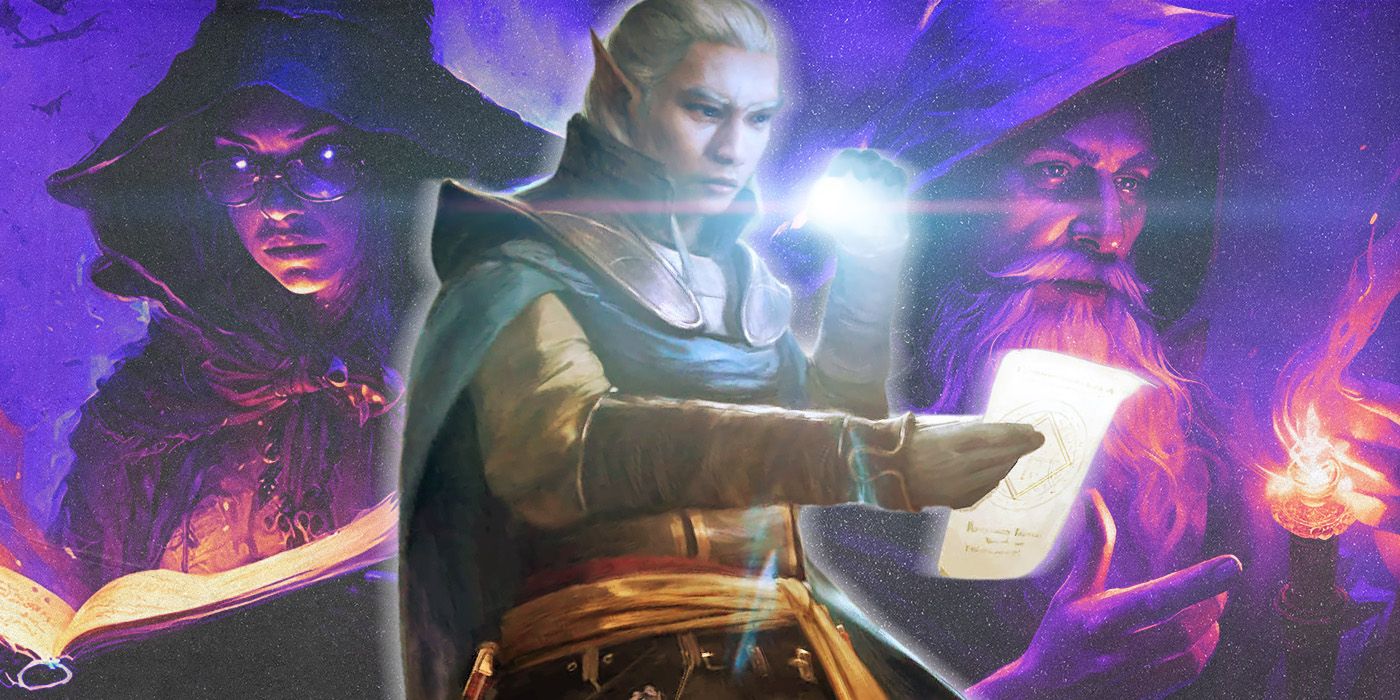
D&D: How Your Spellcasters Can Manage Their Spell Slots in Any Campaign
Spellcasters like wizards and sorcerers can use resourceful tricks and strategies to make sure they've always got a spell slot when they need one.Common Reactions for Casters:
|
Ability |
Type |
Classes |
Description |
|---|---|---|---|
|
Counterspell |
3rd level abjuration |
Sorcerer, Warlock, Wizard |
You attempt to interrupt a creature in the process of casting a spell. If the creature is casting a spell of 3rd level or lower, its spell fails and has no effect. If it is casting a spell of 4th level or higher, make an ability check using your spellcasting ability. The DC equals 10 + the spell’s level. On a success, the creature’s spell fails and has no effect. At Higher Levels. When you cast this spell using a spell slot of 4th level or higher, the interrupted spell has no effect if its level is less than or equal to the level of the spell slot you used. |
|
Shield |
1st level abjuration |
Sorcerer, Wizard |
An invisible barrier of magical force appears and protects you. Until the start of your next turn, you have a +5 bonus to AC, including against the triggering attack, and you take no damage from magic missile. |
|
Hellish Rebuke |
1st level evocation |
Warlock |
You point your finger, and the creature that damaged you is momentarily surrounded by hellish flames. The creature must make a Dexterity saving throw. It takes 2d10 fire damage on a failed save, or half as much damage on a successful one. |
|
Feather Fall |
1st level transmutation |
Bard, Sorcerer, Warlock |
Choose up to five falling creatures within range. A falling creature’s rate of descent slows to 60 feet per round until the spell ends. If the creature lands before the spell ends, it takes no falling damage and can land on its feet, and the spell ends for that creature. |
Spellcasters often use reactions in battle with split-second spells designed to nullify an external threat. Since spellcasters rarely get in melee range and don't often carry weapons like barbarians and fighters do, they don't benefit much from opportunity attacks, so their reactions are best used with a variety of cool spells. Pact of the Hexblade warlocks and clerics with a mace may be an exception when and if the enemy gets close, but otherwise, spellcasters shouldn't count on making opportunity attacks. Rather, their reactions are best used at a distance.
Some spells have a timing of one reaction, or 1R, and players should always keep one eye on such spells in case they are ever needed. During another player's or monster's turn, a spellcaster player should be primed and ready to cast a reaction if need be, though players should also juggle their spell slot management in all this. In some cases, casting a reaction spell might eat up a spell slot that will be urgently needed for an offensive spell on the character's next turn. But if the caster has spell slots to spare, reactions are a fine use of those slots, and it might save a life in many instances.
A variety of spells have the casting time of one reaction, but a small handful have floated to the top as the most popular, effective, and familiar reaction spells in all of Dungeons & Dragons. Counterspell is arguably the number one example since it's so incredibly flexible by design as a reactive spell. Counterspell is a 3rd level Abjuration spell that will completely nullify another spell before that other spell takes effect, and if the caster used a spell slot, that slot is still expended, and thus, wasted. Counterspell is best used on spells that would knock out or kill a teammate, but it can also be used to react to spells whose effects aren't easily dealt with by other means. Counterspell can nullify any spell, but a caster should prioritize how they use their reaction to cast it. If an enemy casts a healing spell or Mage Armor, that's probably not worth a reaction, but Fireball, Cone of Cold, and Lightning Bolt probably are.
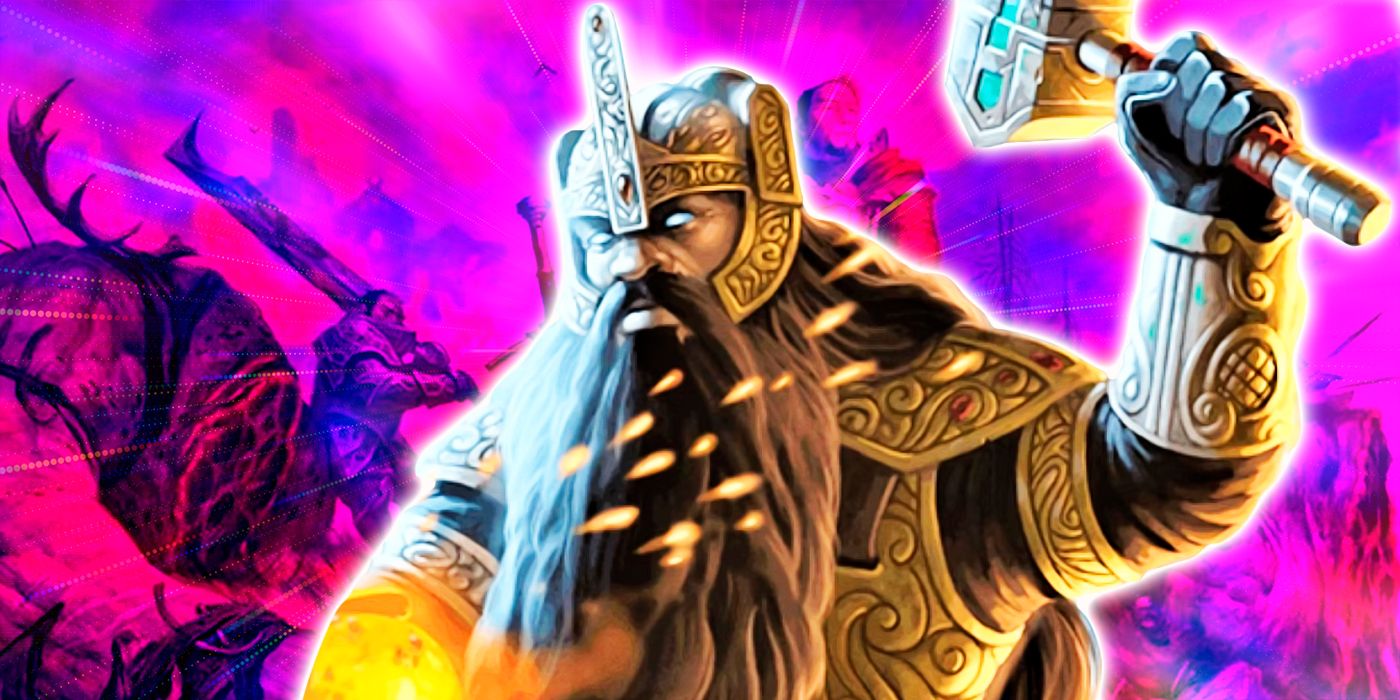
D&D: 10 Essential Rules New Players Need To Know
Dungeons & Dragons can be an intimidating game for new players, but thankfully, the basics are pretty simple to nail down after a session or two.Shield is another go-to spell that many casters will gladly spend a reaction and a spell slot on. It's a 1st level Abjuration spell that grants +5 AC to the caster until their next turn, and it completely blocks the Magic Missile spell. Shield encourages the caster to prioritize which enemy hits they can afford to take and which they cannot. When facing unfamiliar monsters, spellcasters might want to let a few monster attacks hit so they learn which attack does what, a painful but often necessary way to use reaction smartly. After all, some monster attacks hit much harder than expected, and some inflict nasty effects that aren't easily dealt with once they're applied.
Hellish Rebuke is an iconic spell of the warlock class, a reaction spell that can deal fire damage against any target that just damaged the caster. It's always tempting to cast this spell as retaliation for an attack, but then again, warlocks have limited spell slots that must be budgeted, and the fire damage won't always make a big difference in the battle. Ideally, Hellish Rebuke is used against a badly injured perpetrator who is likely die to the damage. Or, Hellish Rebuke could be used against the monster that the entire party is trying to focus down, making it yet another way the warlock is contributing to the team's effort to take down the boss enemy together. It's not a totally reliable way to help take down a boss, but if the opportunity presents itself, a warlock player should be ready for it.
How Martial Classes And Certain Races/Classes Use Reactions In Battle
Feats for Better Reactions:
|
Feat |
Abilities Relevant To Reactions |
Notes |
|---|---|---|
|
Sentinel |
|
n/a |
|
Warcaster |
|
Must be able to cast at least one spell to take this feat. |
|
Fade-Away |
|
Must be a gnome to take this feat. |
|
Polearm Master |
|
n/a |
|
Mage Slayer |
|
n/a |
Martial classes rarely use spellcasting to expend their reactions — instead, they are usually in a position to use opportunity attacks. Characters like paladins, fighters, barbarians, and some rogues will face the enemy monsters head to head, typically standing within 5 to 10 feet of one or more enemies. If an enemy moves out of a martial character's range, that character can use their reaction to make an opportunity attack. Players might even "trap" monsters in place if an opportunity attack would prove lethal — if the monster stands its ground, it'll likely die to the martial character's next conventional attack, and if it tries to run, the opportunity attack may finish the job. Some enemies can slip away with disengage, but that's the exception. Otherwise, a tricky party can "trap" the monsters at close range in a lose-lose situation when staring down a barbarian who takes no prisoners.
Martial characters can also act as a spellcaster's bodyguards, using reactions to punish any monster who runs past them to attack the party's squishy wizard. After all, players should note that their martial character isn't limited to making opportunity attacks against the monster they're personally fighting. If any monster moves away from them or runs past them, even if that monster is busy attacking someone else, a martial character can use their reaction to attack. This is even easier if the martial character wields a weapon with a range of 10 feet instead of 5, such as halberds, lances, and pikes. Also, players should note that certain feats such as Sentinel make opportunity attacks even more effective, such as making attacks against disengaging creatures and reducing the target's speed to 0 once it's hit.
Other classes have more unique reactions than generic opportunity attacks, too. Rogues, for example, gain access to the Uncanny Dodge reaction at level five, which allows them to half the damage on an attack they can see coming. Some Fighters can use their reaction when holding a shield to protect a nearby ally, forcing disadvantage on attack rolls against that ally. Meanwhile, barbarians who follow the Path of the Berserker can use their reaction to make a melee attack against a creature within five feet that's caused them damage, a barbarian's version of Hellish Rebuke that may have short range but doesn't cost spell slots or any other resource.
Finally, in addition to War Caster, there are other feats that provide reactions. Gnomes who take the race-specific Fade-Away can turn invisible after taking damage, allowing them to get out of the line of fire and assess their injuries without the pressure of another attack. Halflings gain access to Second Chance, which allows them to use their reaction to force an enemy to make attacks at disadvantage against them. Taking advantage of every opportunity to inflict or negate damage in combat not only speeds up combat, but it can also be essential to keeping the party alive and adventuring.
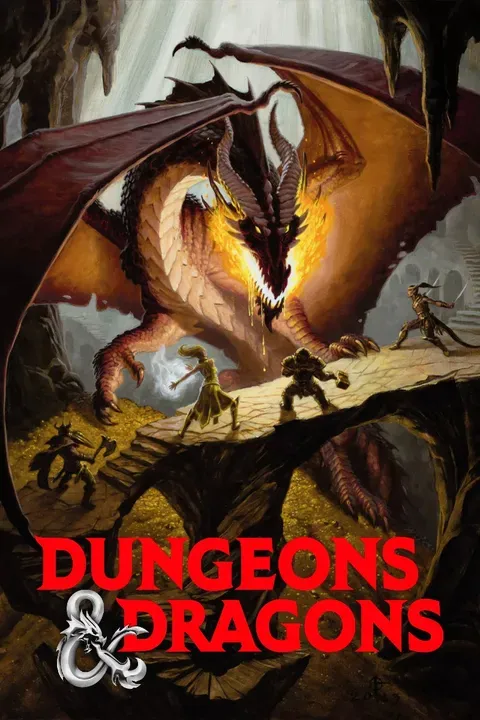
Dungeons and Dragons
A fantasy roleplaying tabletop game designed for adventure-seekers, the original incarnation of Dungeons & Dragons was created by Gary Gygax in 1974.
- Franchise
- Dungeons & Dragons
- Original Release Date
- January 26, 1974
- Publisher
- Wizards of the Coast , TSR Inc.
- Designer
- E. Gary Gygax , Dave Arneson
- Player Count
- 4-8 Players Recommended
- Age Recommendation
- 12+
- Length per Game
- 3 hours +
- Expansions
- Dungeons & Dragons 2nd Edition , Dungeons & Dragons 3rd Edition , Dungeons & Dragons 4th Edition , Dungeons & Dragons 5th Edition

